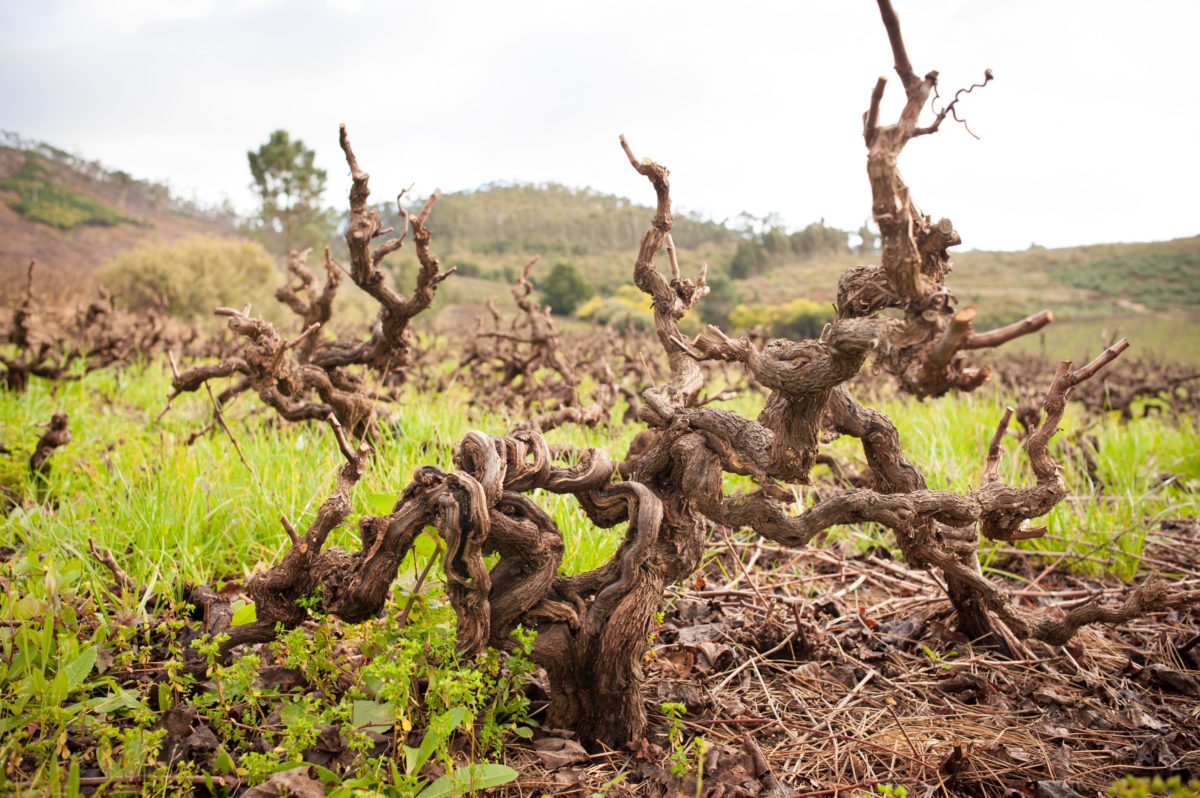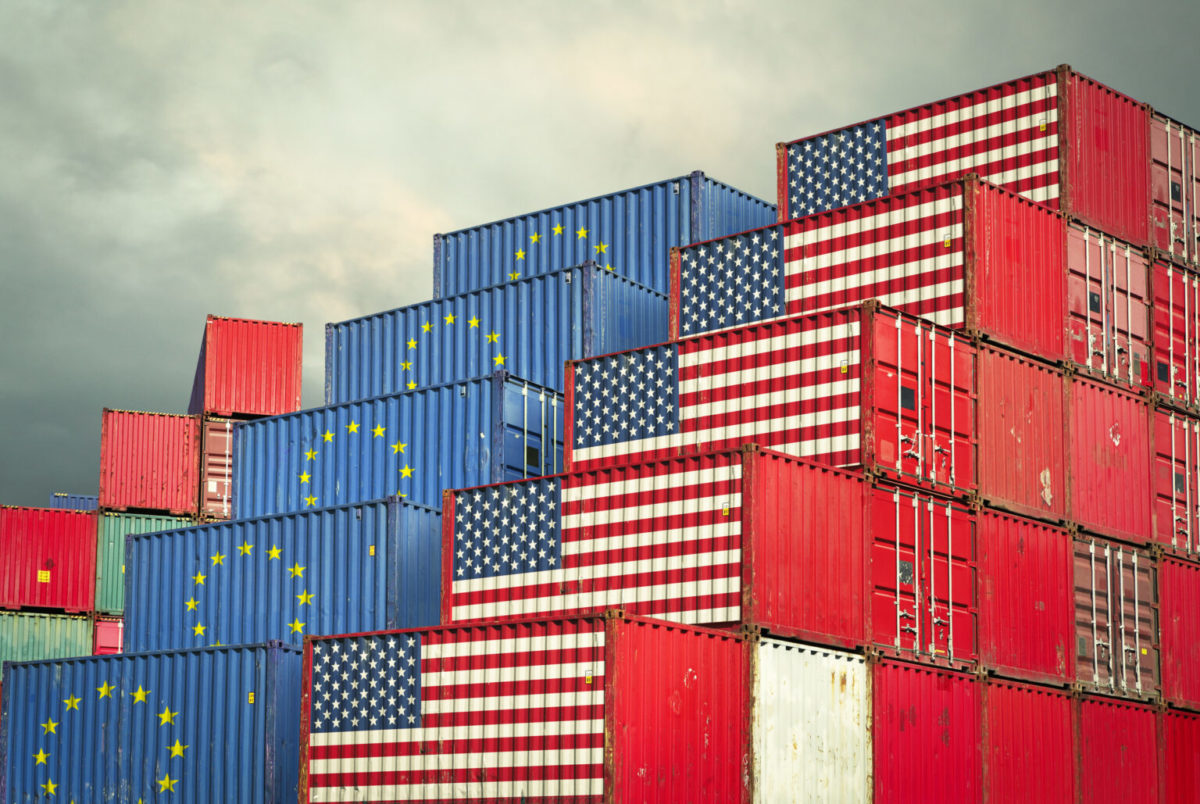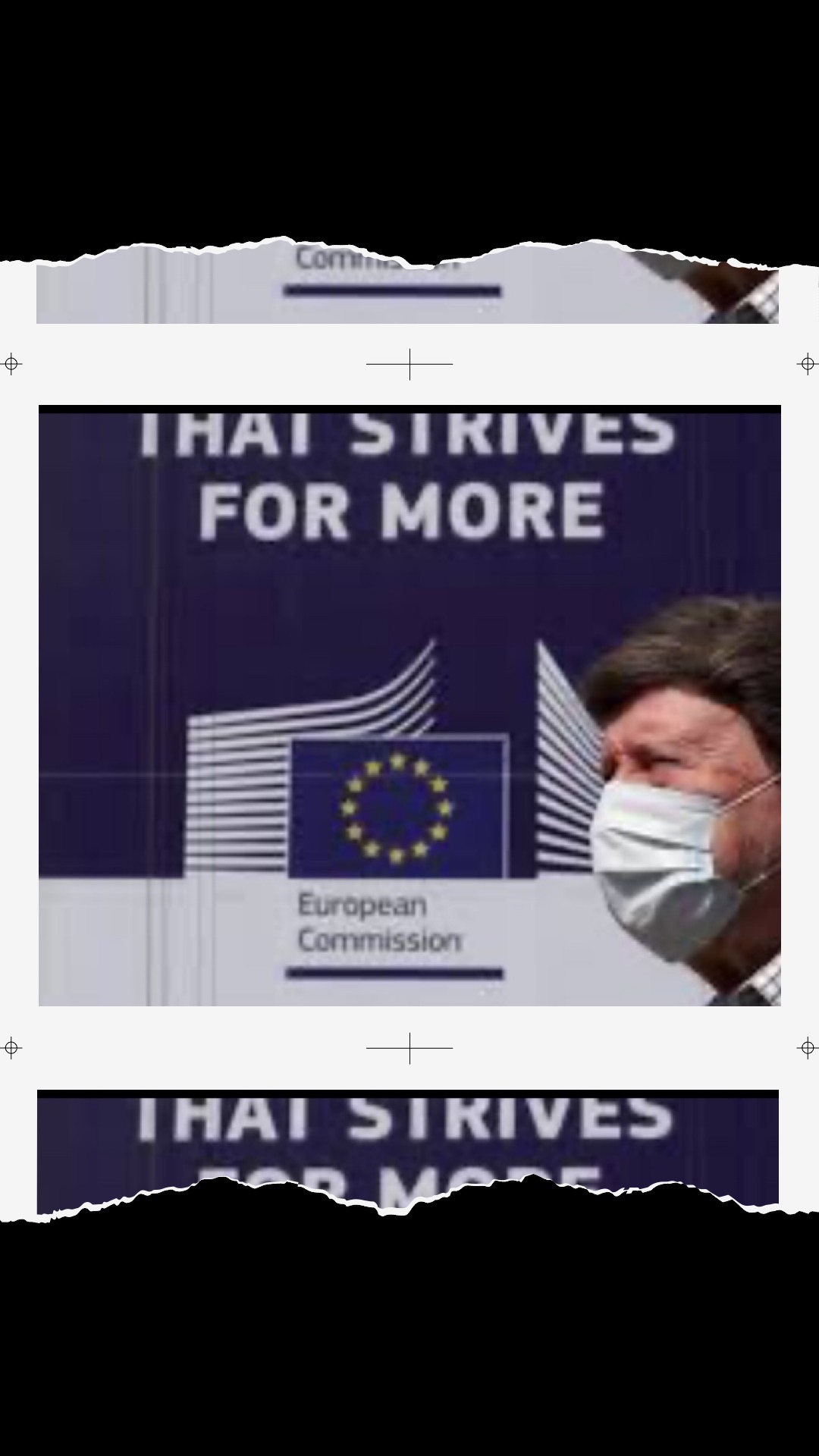The Wine Intelligence report entitled “Wine Consumer Trends in the Covid-19 Era” was published last week and highlights a mini-boom for wine since the pandemic struck, yet it also warns of dark economic clouds on the horizon.
While key consumption markets have been turning more often to wine in the past six months, spurred by new ‘lockdown’ occasions and more drinking outside of mealtimes, there are concerns about the sustainability of this growth, given the deteriorating economic environment and possible pressure on household finances in the coming months, according to Wine Intelligence.
As part of the report, which collected data from wine drinkers in Australia, Canada, China, Germany, Sweden, the UK and the US, the research agency has identified 12 key consumer trends in the Covid-19 era, which we have reproduced below.
- Growth in wine consumption frequency with the shift to at-home occasions more than compensating for the loss of on-premise occasions.
- Heartland wine drinkers driving growth with growth in wine coming from women, Gen X and those already connected with wine.
- Non-food occasions driving wine growth bringing opportunity for wine to migrate to occasions where other beverages have been more dominant in the past.
- Slow recovery in average bottle spend on wine in the off-premise but remains below pre-pandemic levels in most markets.
- E-commerce for wine comes of age and it is rapidly becoming a new and habitual way of shopping for wine.
- Shift to wines seen as a safe choice and ‘localism’ with mainstream and local wine brands winning.
- Consumers increasingly cautious in their lifestyles with confident ‘Hedonist’ segment shrinking as 2020 progresses, and an increasing proportion of ‘Halters and Reducers’.
- Large scale events off the agenda with consumers seeking to avoid crowds, even when restrictions are lifted and the current dangers of the pandemic have passed.
- Travel plans remain on hold with overseas and international travel not on the agenda for wine drinkers, even when travel restrictions are lifted.
- Consumers becoming more distant from the on-premise, shifting socializing patterns.
- Treat-seeking behavior losing momentum as consumer spending becoming more conservative.
- US wine market returns to growth as wine consumption frequency grew strongly in the US, driven by Millennials.
Source: Wine Intelligence Wine Consumer Trends in the Covid-19 Era, published October 2020





